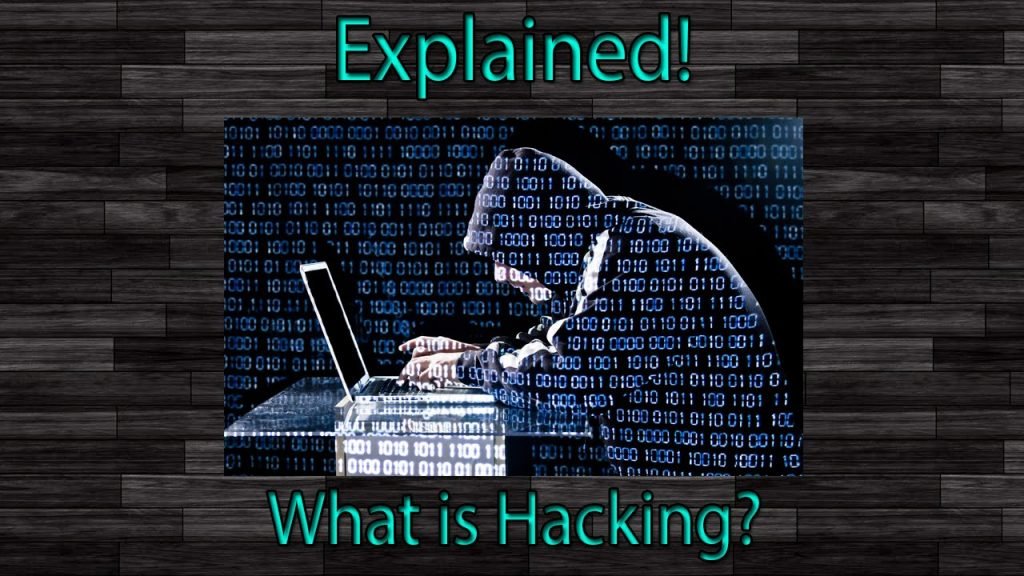
This allows them to identify your Web Browser and versionĭepending on the information gathered from the previous steps and tests, the attacker could have a number of options to pursue the attack. These images also provide the attacker with additional information such as your User-Agent and IP Address. Hackers are able to use images in emails to track email engagement. Check out this example. They’ll know what sort of emails you are most likely to open, read, and click through. Next, the hacker will start crafting emails. The first step in the planning phase is determining who they are going to impersonate – the person, website or service they believe you trust . There are automated tools out there to help in this process, such as Maltego.Īfter hackers gather enough information on their target they begin planning. They do this to build a list of people and websites you trust. The first step is finding your name and email, your co-workers, your family, friends, and the sites you use.

Hackers start by manually gathering as much information as they can about their target(s). Lets talk about the first steps a hacker would go through to execute an attack on your email. Today, I’m going to show you how hackers do it and why you need to be aware of it. This routine activity provides a gateway for malicious hackers to take control of your computer.īy simply opening or clicking a link in an email you can have your passwords changed, bank accounts hacked and identity stolen.

Do you click links in emails from people (or companies) you trust?Įverybody with a computer does it every day, without a second a thought.


 0 kommentar(er)
0 kommentar(er)
